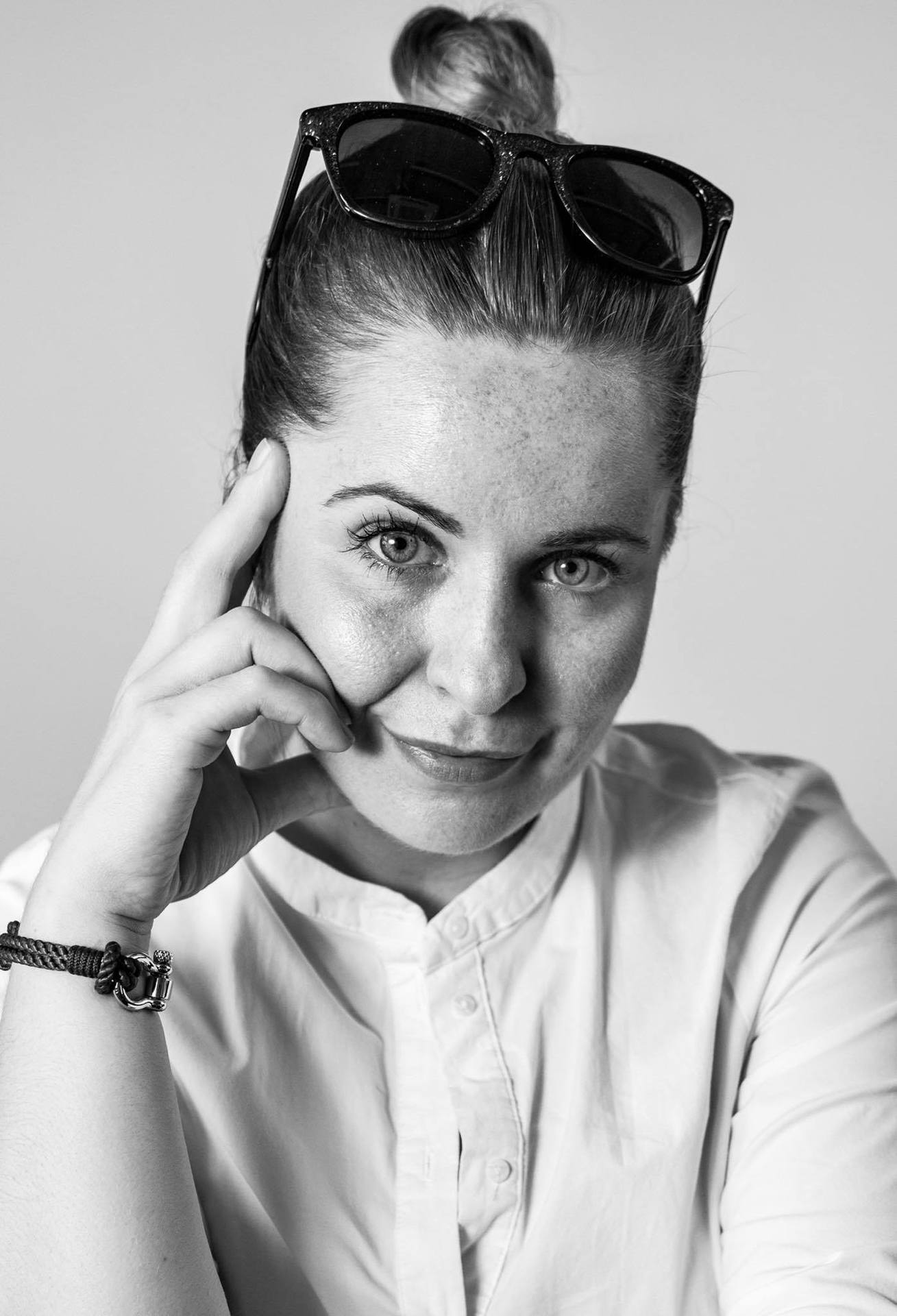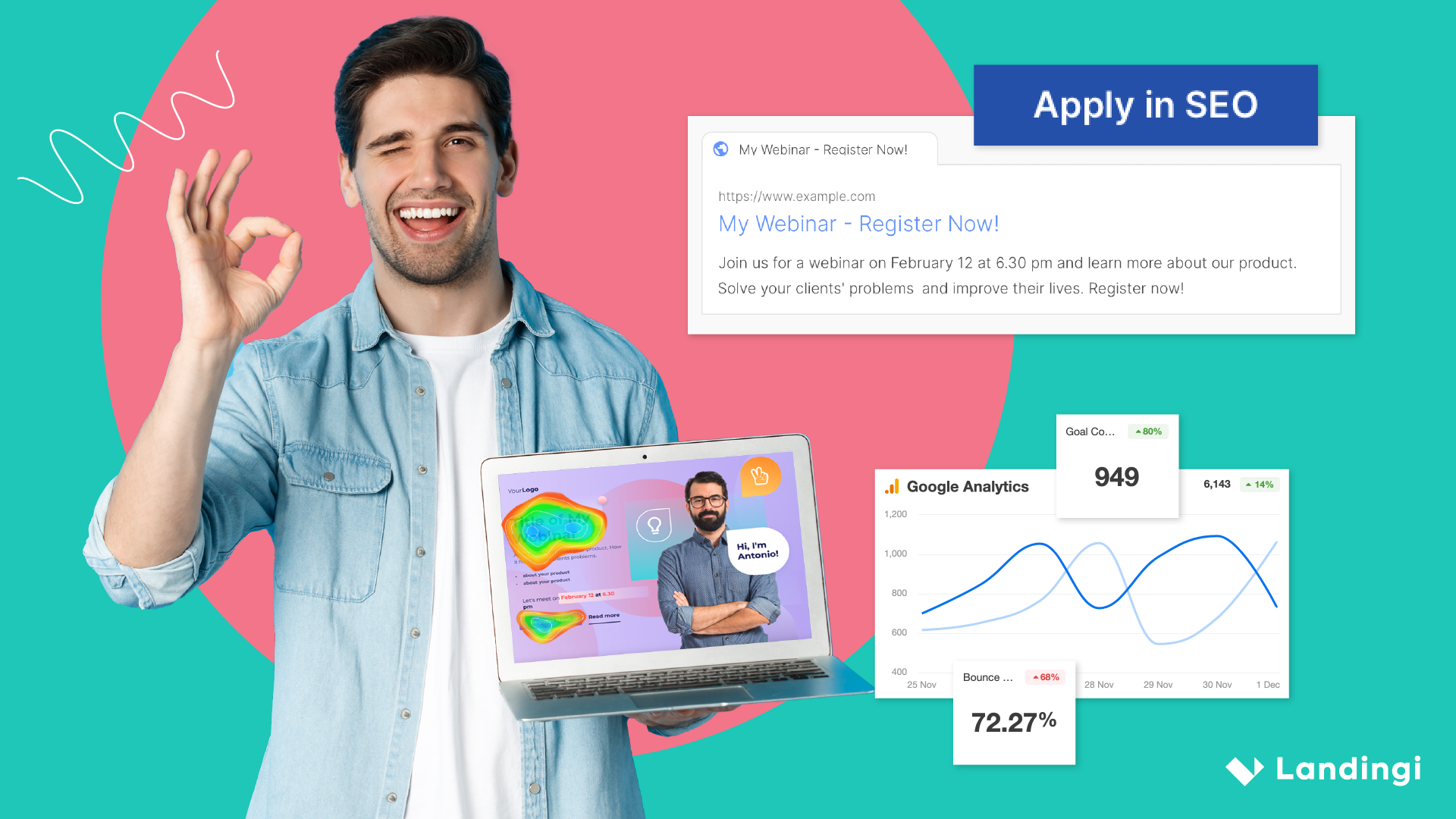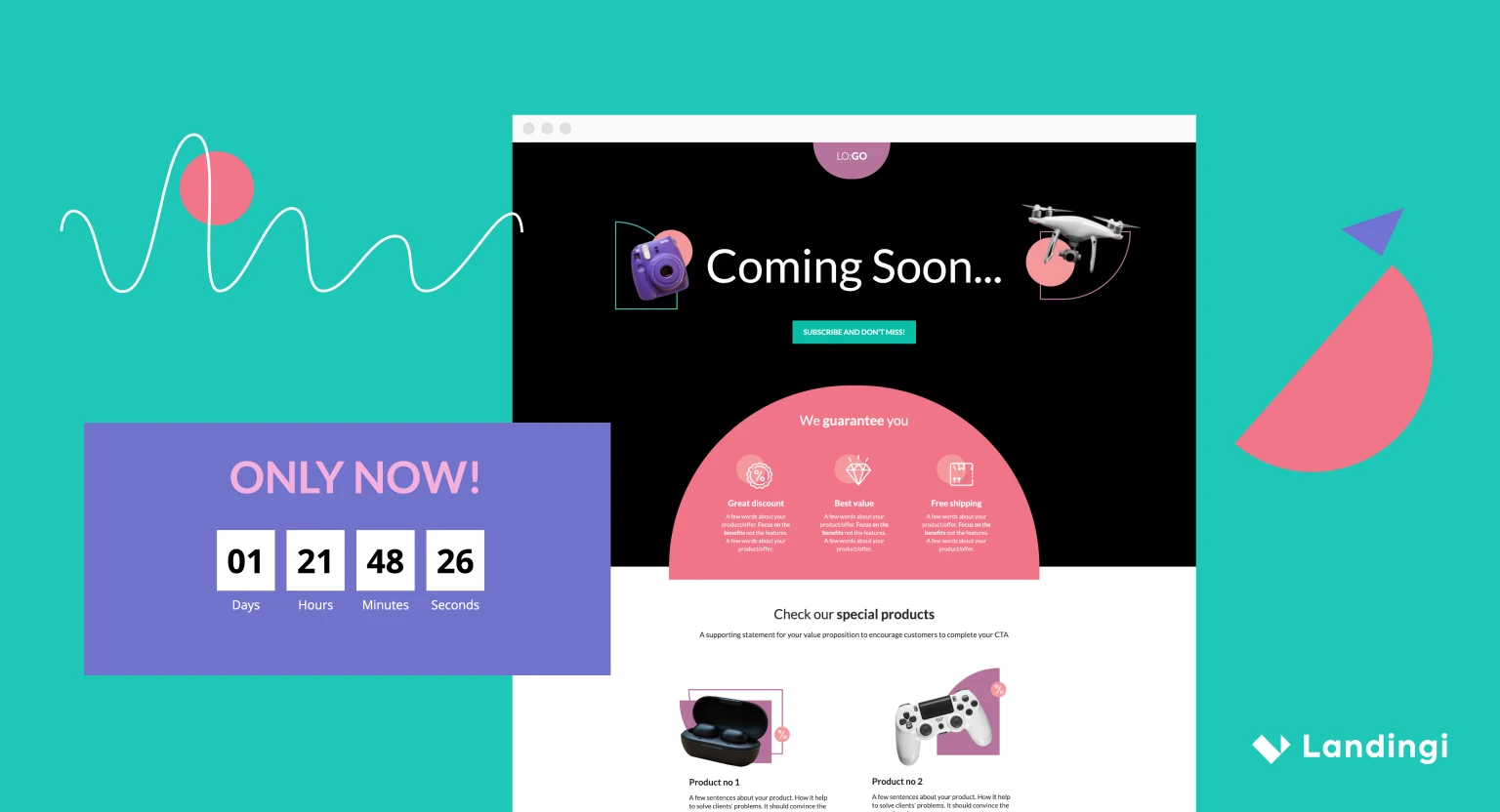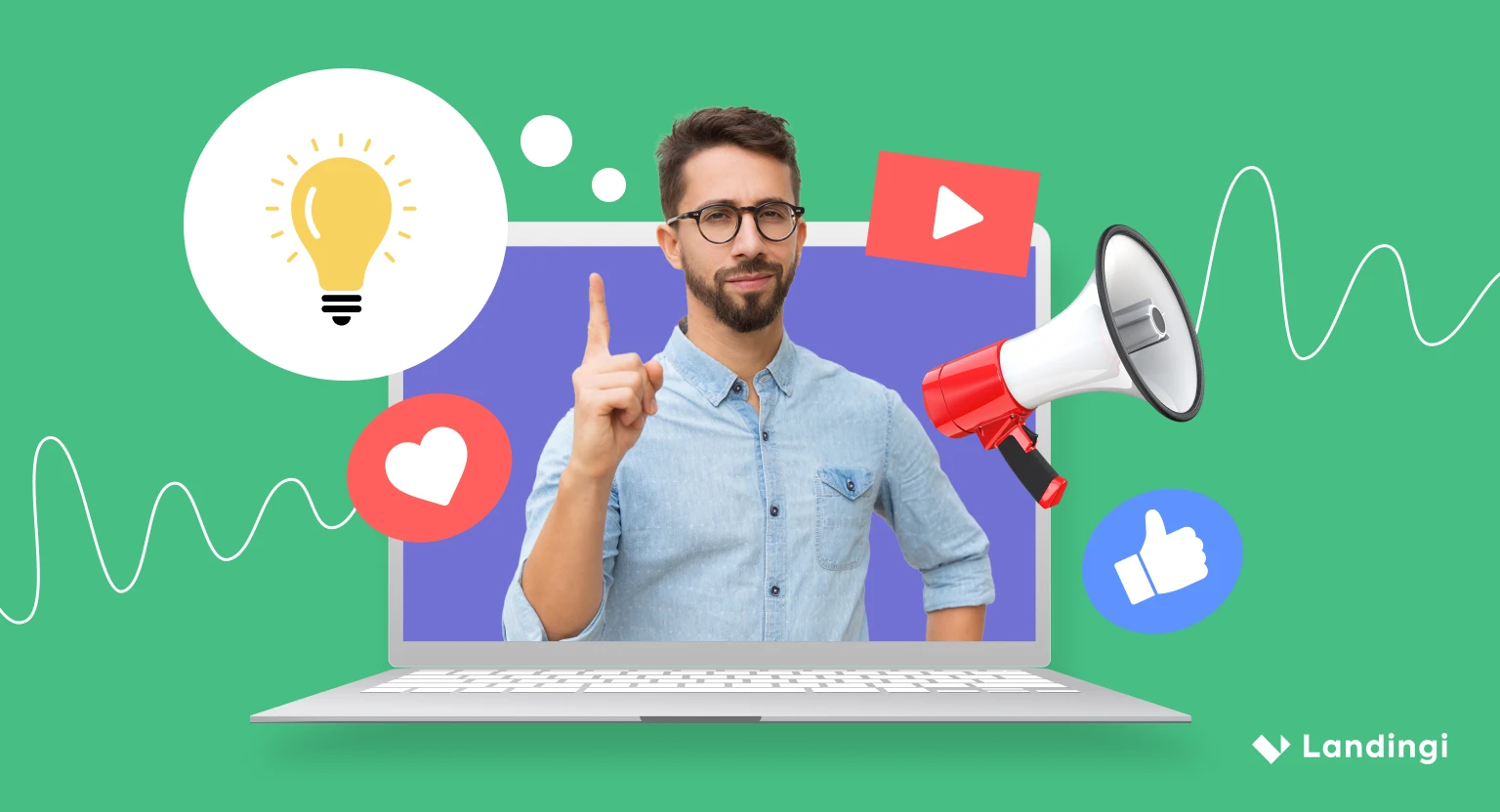Brand archetypes is the kind of concept everyone has heard of but few actually understand it. We’ve heard about brand personality, brand identity, brand traits. A brand is an identity at the end of the day. A brand archetype, however, involves more than just a list of values of personality traits. It’s a whole package.
History lesson on Jungian archetypes
Most of us first heard of archetypes back in school in psychology classes. We’ve heard about Carl Jung and his unique ideas about the human brain. Carl Jung was a famous psychiatrist and psychoanalyst who deeply changed the way we understand humans today. His definition of archetypes, however, wasn’t a spontaneous idea but rather based on so many before him. From Kant’s categories to Plato’s Ideas, and Schopenhauer’s prototypes, a lot stands behind the concept of archetypes.
Feel like you’re suddenly back to school? Who are we kidding, we all miss school. Anyhow, archetypes are basically…
…universal, archaic patterns and images that derive from the collective unconscious and are the psychic counterpart of instinct.
The main idea behind archetypes is that we all inherit these archetypes and we start to show it as soon as they enter our consciousness.
Jung defined 12 main archetypes to categorize our motivations as human beings. Of course, we’re all unique and there’s no one else like us in the entire world. But, our ego can at least admit we have similarities. And that’s what Jung theory entailed. At the end of the day, each and every one of us has at least one dominant archetype that manifests strongly in the way we behave.
What do Jungian archetypes have to do with marketing?
Well, any passionate marketer knows that our most important and impactful theories are based on human psychology. Our job is at the end of the day to understand humans and give them what they want. One of the most important things that they want is to relate. Humans want to understand what surrounds them but especially what addresses them. Brands talk to humans all the time. Ever since the internet joined the party, brands constantly ask humans to talk back. To interact. To share feedback. To get attached. To love. To stay loyal. What do those sound like? Human interaction. For a human to interact, they need to relate to what they’re interacting with.
Brands will always do their best to resemble humans as much as possible to become relatable. Archetypes stand at the foundation of how people function, so brands need to embrace that if they want to be seen, noticed, or liked.
That’s how brand archetypes have entered our curriculum as marketers. Archetypes have been adopted and studied by many fields and marketing uses them to connect with their audience and differentiate from the competition.
Think of archetypes as bundles of traits and beliefs certain humans have. Brand archetypes are exactly the same but focus on what the brand can portray rather than explaining human behaviors.
Awesome! Now that we’re all aligned as to what brand archetypes are and where they come from (which makes for a great coffee conversation), we can go on and look at each of them.
Make your sections smartable and let go of mundane manual tasks with Smart Sections! An easy way to manage bulk changes.
1. The Sage brand archetype
General description of the archetype
The sage archetype represents a constant pursuit of the truth. It’s the type who always wants to know and understand the world. Moreover, the sage’s purpose is to help the world solve its problems through wisdom and insight. Not necessarily the does-it type, but the wise one at a party.
How Sage brand archetype manifests
The best way to spot brands who adopt this archetype is via their content. What do they promote? Facts, research projects, reports, deep-dives into world topics? The most common brands you can find in these categories are brands in the academic environment. Right after that are informational media companies such as CNN, BBC, The New York Times, and many others. My personal favorite – Freakonomics. What sage brands strike in their audience is trust. Sage people will always look for objective sources of information that take their time to do proper research and deep-dive into a subject rather than tackle it superficially.
Examples of Sage brands or Sage brand commercials
Sage brands aren’t only the ones who act as experts but also some that make their customers think. Sage brands do marketing with a twist, they involve their audience’s intellect or investigative instincts, rather than say directly what they want. For example, Canadian agency Wunder has taken out $10,000 worth of advertising space only to fill it… with absolutely nothing. They decided to give everyone a break from ads during the holiday season. The campaign included billboards, transit shelters, bus ads, full-page newspaper ads, social ads, and even radio ads. Stephen Flynn and Mike Postma, the two creative geniuses behind Wunder, stopped dreaming of a “White Christmas” and actually took some action.
2. The Innocent brand archetype
General description of the Innocent archetype
The innocent archetype represents simplicity and solutions to happiness. It comes with the promise that life can and should be easy. “Be yourself” comes to mind as a way of looking at life with relief and simplicity.
How Innocent brand archetype manifests
The most traditional advertising methods that called on the innocent archetype are the teleshopping like ones. You know, the magic mop that will solve all your problems in one go. The coffee that you drink and instantly feel relaxed and happy. The magical deodorant that restores confidence and gets you the friends and popularity you always needed.
Examples of Innocent brands or Innocent brand commercials
Innocent brands promote routes to happiness, to bliss. Think about tourism ads, they always show you a resort where you can let go of anything and simply be happy. Take this campaign for example. One sniff, one sip, and done, you’re happy and ready to start your day. Even the motto goes in the same direction “It all starts with Nescafe”.
3. The Hero brand archetype
General description of the Hero archetype
The Hero archetype is exactly as it sounds. It represents the ambition and desire to conquer all evil and save the world from danger. All superheroes, legendary politicians or activists are hero archetypes. They show the world they’ve got what it takes and they’re willing to take the needed actions to help.
How the Hero brand archetype manifests
Brands in this archetype either represent the Hero, or they call on them. Most often, brands representing the Hero are organizations fighting for a change. They take one problem at a time and take action to solve it. Armies also fit this category always showcasing victories and the need to fight against something. The second type are the brands who ask people to be ambitious, to stand up, to be strong and make a change.
4. The Regular Guy/Gal brand archetype
General description of the Regular Guy/Gal archetype
The Regular Guy/Gal archetype is about ordinary, vulnerable, normal people. It calls on the need of belonging, fitting in without a fuss. Being who you are as opposed to what you represent. The Regular Guy dresses normally no matter how much money it has. They love to fit in groups and not stand out for the sake of controversy.
How Regular Guy/Gal archetype manifests
Brands in this archetype show vulnerability. They use storytelling and their own flaws to help people relate to them. They never choose elitism as a way to appeal. On the contrary. They blend in and offer a sense of community, of neighborliness. Most often brands in this archetype are sports teams or day to day affordable products. Brands who promise functionality.
Examples of the Regular Guy/Gal brands or Regular Guy/Gal brand commercials
The best and first example that came to mind for me was the legendary “We try harder” ad from Avis we all learned about in school. That was the moment they appealed to the regular guys and gals. To the people who root for the underdog and understand vulnerability.
5. The Caregiver brand archetype
General description of the Caregiver archetype
And we’ve reached the caregiver archetype. This archetype is about empathy and people looking out for each other. Parents protecting their children, husbands protecting their wives, adults taking care of their elderly parents. It appeals to the need for common help amongst human communities and general worry towards each other’s wellbeing.
How the Caregiver archetype manifests
Most frequently, you see brands in this area that showcase families and what they do for each other. Mothers concerned about their children’s flu, fathers running to get dance recitals, brothers sticking together throughout life. You know them, right? The traditional oil, seasoning, or butter which will bring your family together for the perfect meal. The car that gives everyone comfort. The cough syrup that saves the family trip.
Examples of Caregiver brands or caregiver brand commercials
One of the more recent examples here is The Best Men Can Be Gilette Ad. It features men helping other people in need and stopping harm from happening. Protecting the child who’s being bullied, the woman who’s being catcalled and so on.
6. The Creator brand archetype
General description of the Creator archetype
The Creator brand archetype is the inventor, the innovation fan, the one who is always searching to create something himself that is unique. The Creator is searching for admiration towards his work and the fulfillment of bringing something to life. Their desire is to live on through what they create.
How the Creator brand archetype manifests
The best way to understand the Creator brand archetype is by looking at beauty, health, and fitness brands. Their common messaging revolves around the idea of reinventing oneself and therefore of creating. You can also think about products that help people create. Puzzles, DIY kits, and everything in that area.
Examples of Creator brands or Creator brand commercials
I think a good example of the Creator brand archetype is in the Wix ads. They always highlight how they give you all the necessary tools to build your own landing pages. Create your unique landing page through their very customizable tool. Look at this ad for example. They start by showing an entrepreneur who built his own website from scratch but made it unique due to Wix features.
Get 111 Landing Page Examples—The Ultimate Guide for FREE
7. The Explorer brand archetype
General description of the Explorer archetype
This might sound like quite a predictable start but the explorer loves… to travel. This archetype is absolutely in love with the idea of discovering new places, new smells, new tastes. The wild, the open nature, the unknown road, the sports. The Explorer loves sports but not necessarily due to their competitive side. Is rather a fan of the individualistic ones placed in nature and wilderness.
How the Explorer brand archetype manifests
This brand archetype is of course seen in the tourism package ads showing people climb pristine mountains and watch rare birds or car commercials showing open roads in the middle of two mountains and happy driver who is simply exploring new paths. There are, however, also the brands that bring exotic experiences to the explorer. Starbucks has rare coffee, Amazon has the diversity of the world in one place, and their names and logos reflect it.
Examples of Explorer brands or Explorer brand commercials
The Body Shop, a cosmetics brand, embraces this brand archetype. They bring all the nature’s ingredients in the bottle to your home and you can explore the world right away.
Watch this ad: “we unearth nature’s ingredients” together with a woman who is teleported from her bathroom into the wilderness after putting lotion on showcases the Explorer brand archetype.
8. The Outlaw brand archetype
General description of the Outlaw archetype
The Outlaw archetype has a few similarities with the Hero one. They both seek power and are angry. While the Hero is looking for admiration and takes action towards what angers him, the Outlaw is satisfied with being feared. The Outlaw looks to disrupt, to attract attention, to be different and not fit in.
How the Outlaw brand archetype manifests
The easiest place to recognize outlaw brand archetypes is to look at what teenagers are buying. Teenagers have the Outlaw archetype spring out even if it’s just temporary. Otherwise, alcohol and motorcycle brands often take on the outlaw brand archetype. Of course, when advertising for cigarettes was ok and the health risks were evident, their messaging revolved around being dangerous and embracing the bad.
Examples of Outlaw brands or Outlaw brand commercials
Apple is the most well-known outlaw brand from its very beginnings. The bitten apple logo taking us to the Adam & Eve story already says everything. The “Think Differently” motto continues on the same path. And the “badass” attitude brings all our inner outlaws to light. Here’s an older ad that reflects the non-conventional behavior.
9. The Lover brand archetype
General description of the Lover archetype
This one is an easy one. The Lover is a fan of… love. Whether it’s sexuality, sensuality, or profound feelings, the Lover is looking for a deeper connection. For the Lover, relationships are important and intense. Their friendships, as well as their relationships, matter and as opposed to the regular guy who wants to fit in, the Lover wants to know they’re special to you.
How the Lover brand archetype manifests
In this category easily fit the brands that call on sexuality — lingerie, bedsheets, sexy red wines, sensual intense lipsticks. There are, however, romantic brands as well. You’ve guessed it, Hallmark. What brand is more romantic than Hallmark?
Examples of Lover brands or Lover brand commercials
Chocolate brands have a history, for some reason, to express sensuality in their commercials. So I picked two chocolate ads: one flirtatious example and one sensual example.
10. The Ruler brand archetype
General description of the Ruler archetype
The Rulers are the leaders. They’re the ones who like to take control and manage what is happening. They have no faith that they’ll be saved by a miracle or by a hero. They like to be the boss, to be respected, and to impose respect. Royalty, presidents, the White House.
How the Ruler brand archetype manifests
Most obvious ruler brands are those of regulatory organizations. They are built to make order in the world so by default they’re seen as rulers. Brands who want to appeal to rulers can also highlight the benefit of full control to their customers.
Examples of Ruler brands or Ruler brand commercials
I believe this Deliveroo’s commercial fits this scenario. They encourage the customer to “order what they want, where they want, when they want”. Full control, because it’s full freedom.
11. The Jester brand archetype
General description of the Jester archetype
The Jester, or what I like to call them, Chandler, is the funny one. Chandlers break the rules, they don’t get upset, and they’re definitely not intense. Anything can be a joke and nothing should get you truly down. Jesters have the talent of taking absurd situations and bringing smiles by making fun of them.
How the Jester brand archetype manifests
Jester brands don’t necessarily have a type but you usually find them in the food industry. These brands rarely take themselves too seriously (other than chocolate which is apparently sexy and erotic). A lot of food brands have main characters who do crazy things in their ads. M&M is a good example of this.
Examples of Jester brands or Jester brand commercials
The best example here is Wendy’s. After one snarky tweet that went viral, they went fully Jester. They roast, they make jokes, they attack competitor brands. They break the rules and are only funny in doing so. Here are their top 20 roasts.
12. The Magician brand archetype
General description of the Magician archetype
I’d say this is another easy one. The Magician helps to fulfill dreams. Of course, Harry Potter and Merlin make the cut, but also radically new technologies. Essentially, Magician archetypes are very connected with their own selves. They seek spiritual guidance and believe the world can’t be changed if you don’t start within.
How the Magician brand archetype manifests
Tech brands sometimes embrace the Magician brand archetype. Champagne and perfume brands also choose to portray magical transformations in their messaging.
Examples of Magician brands or Magician brand commercials
The legendary Sony Bravia Paint commercial showcases the magician brand archetype. “Colour like no other” along with the rainbow left at the end, takes us all to a magical land.
To wrap it up
It’s been a long piece but these are the 12 brand archetypes that started with Jung and continue to work today. Want it or not, your brand has an archetype. And I’d love to know more about it. Which one is it?








